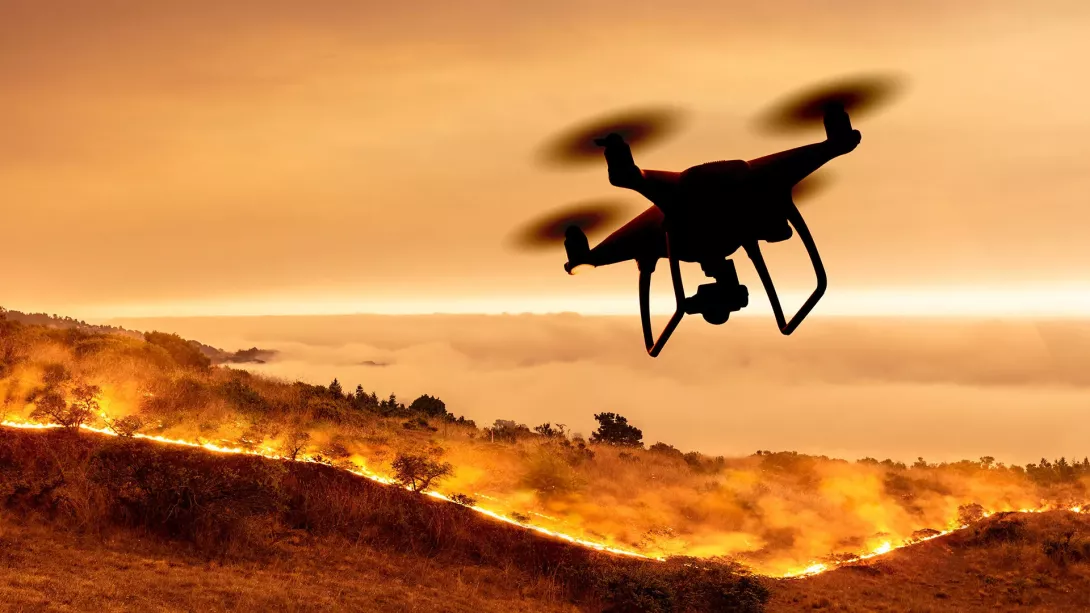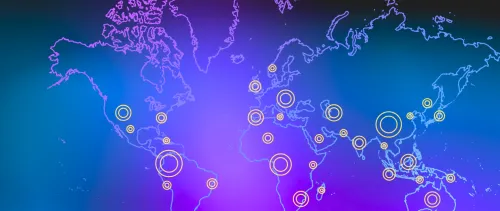
Header image credit: Adobe Stock
Artificial intelligence (AI) could not have stopped the 7.7 magnitude earthquake in Myanmar at the end of March — nor the immeasurable destruction it caused to the greater region. AI cannot prevent natural hazards like earthquakes. It can, however, support faster, smarter, and more targeted interventions that help lessen the impact for people when a disaster occurs.
As a complement to existing disaster risk reduction (DRR) systems, AI shows enormous potential – from real-time damage mapping and rapid flood assessments to climate forecasting, landslide detection, and monitoring systems.
Early tsunami detection
One recent example comes from the University of Paris (France), where researchers have developed an AI system that detects subtle atmospheric signals caused by earthquakes and tsunamis.
When an undersea earthquake or landslide takes place, they can trigger a tsunami that sends small waves through the ionosphere – ripples that AI can analyse in real time. The research team converted satellite data into images and trained the AI system on past occurrences.
The resulting tool can spot nascent tsunamis forming even where traditional warning systems – like sensor-equipped buoys – don’t reach.
Mapping landslides
Landslides are another area where AI makes difference. When a magnitude 5 earthquake hit Italy in July 2024, it triggered thousands of landslides across the region. Within three hours of satellite data becoming available, researchers at the University of Padua (Italy) had used AI to map more than 7,000 scars across 3,300 square kilometres – an analysis that would have taken days or even weeks using traditional methods.
Fast mapping like this gives emergency teams on the ground a clearer view of the crisis and helps scientists understand how the events are connected, improving future preparedness.
Accelerating flood response
In the Philippines, AI is being used to map flood zones. Researchers from the University of the Philippines have developed a deep-learning model that automatically processes satellite data with minimal human input.
The system combines radar data from the European Union’s Sentinel-1 satellite and optical imagery from the Dove nano-satellite constellation run by US-based Planet Labs. Based on those key inputs, it can map floods across up to five disaster zones in under four hours, helping emergency teams respond quickly when a flood hits.
Global cooperation on AI-enhanced hazard resilience
Access to AI capabilities has started transforming how countries prepare for and respond to disasters. The challenge now is to ensure these tools are reliable, responsible, and interoperable – in different regions, across national borders, and for varying socio-economic circumstances.
This is the focus of the Global Initiative on Resilience to Natural Hazards through AI Solutions.
The Global Initiative brings together five UN agencies: the International Telecommunication Union (ITU), the World Meteorological Organization (WMO), the UN Environment Programme (UNEP), the UN Framework Convention on Climate Change (UNFCCC), and Universal Postal Union (UPU).
It aims to pave the way for standards development and lay the foundation for ethical and effective AI use across the disaster management cycle.
This work forms a part of the global effort at standardization and to share solutions that can be scaled.
The Global Initiative, started in 2024, builds on an earlier ITU/WMO/UNEP focus group.
Next meeting and workshop
The Global Initiative will hold its second meeting and workshop on 8–9 May in Frascati, Italy, hosted by the European Space Agency (ESA)/ESRIN.
The meeting and workshop — open to all and free to attend — will bring together policymakers, scientists, and tech leaders to share case studies, discuss best practices, and advance the group’s objectives. The AI use cases mentioned in this article will all feature in the discussions.
Register here to join the conversation — in person or online.



